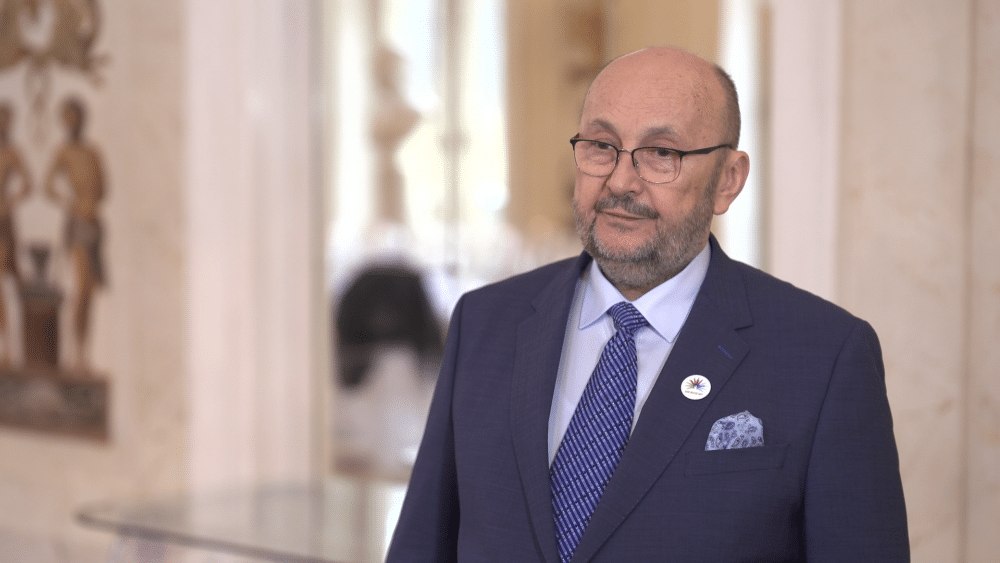The Polish Register of Rare Diseases is the only tangible accomplishment of the strategy implemented in Poland in recent years, according to representatives of patient organizations. Although access to innovative drugs for patients with rare diseases has significantly improved, it is still just a drop in the ocean. Many prepared implementation points, related to early diagnosis and access to treatment, are stuck at a standstill. Patient organizations hope that an update to the Rare Disease Plan will revive efforts. The Minister of Health has announced the adoption of a new strategy for the second quarter of this year.
“All the solutions that are written in the National Plan for Rare Diseases are urgently needed for implementation because they are medical care-related solutions. A complete Plan for Rare Diseases, a complete strategy, should also contain other sections related to care, and here I am talking about social care, the Ministry of Science and Higher Education, and the Ministry of National Education. All these sections, all these areas that should be in the Plan for Rare Diseases, are necessary to ensure full patient care,” says Stanisław Maćkowiak, President of the National Forum for Rare Disease Therapy ORPHAN, in a conversation with the Newseria Innovations agency.
Rare diseases affect 6 to 8 percent of the population. Globally, this problem affects about 300 million people, and in Poland about 2–3 million people. These are diseases that occur less frequently than 1 in 2,000 people. In contrast, ultra-rare diseases have a frequency of less than 1 in 50,000 people. This covers around 10,000 different diseases. About 30 percent of patients die before the age of five, with 40–45 percent dying before reaching 15.
A study conducted by SW Research for LoveBrands Medical shows that 67 percent of Poles cannot name even one rare disease. At the same time, 40 percent of respondents admit they are aware of people in their immediate surroundings dealing with such conditions.
Despite the lack of awareness, the situation for patients was intended to change with the Plan for Rare Diseases, developed by a team of over 60 experts between 2020 and 2021. The main assumptions of the strategy focused on organizing comprehensive, coordinated medical care for patients with rare diseases, improving access to diagnostics and drugs, and developing the Polish Rare Diseases Register and introducing a Patient Passport. The program ended in 2023, and a decision on its continuation has yet to be made.
Positive actions appreciated by clinicians and patients included changes to the SMA drug program or spinal muscular atrophy. As a result of reimbursement decisions, all drug treatment options for this disease, including gene therapy, are now available in Poland.
The Ministry of Health is also planning to finance diagnostic tests for rare diseases other than genetic ones, such as metabolic diseases. Furthermore, patient organizations for rare diseases signed a declaration in February calling for newborn screening for lysosomal diseases.
Due to the complicated diagnostic process and genetics-based origin of 80 percent of rare diseases, patients expect faster diagnosis, appropriate treatment centers with the right expertise, and support for social care.
Drug treatments have been developed for only about 5 percent of diseases classified as rare or ultra-rare. As the expert emphasizes, patients have access to 79 subsidized innovative drug treatments from the 232 therapies available in the EU. For instance, patients with ATTR amyloidosis that leads to cardiomyopathy had access to a treatment within a charitable program by the manufacturer until last autumn. Despite treatment being inaccessible due to high costs, this issue with rare diseases continues to be a problem across Europe since the early 2000s. Most countries have treatment strategies for these diseases, such as France which is currently implementing the fourth edition of its plan.
